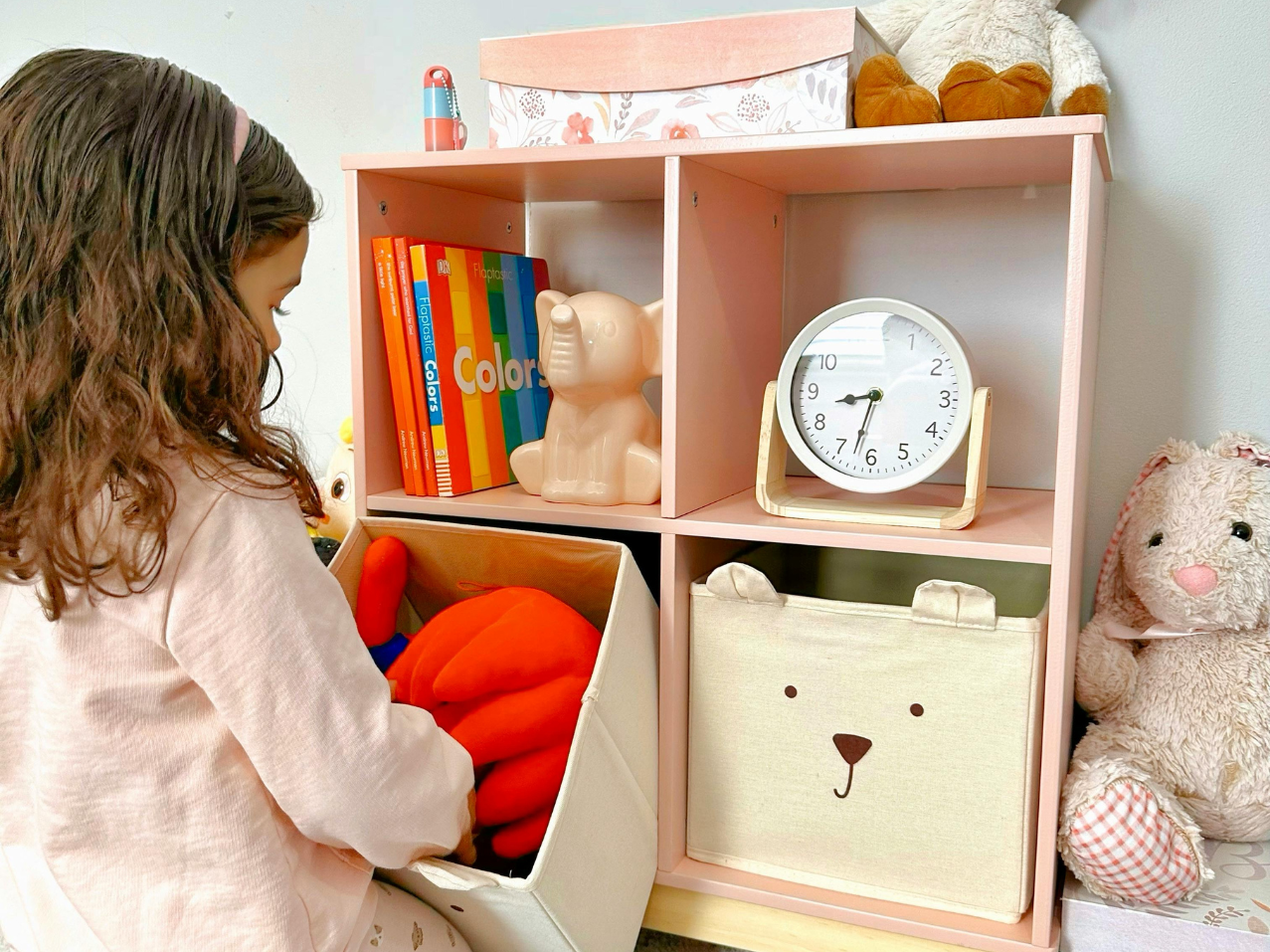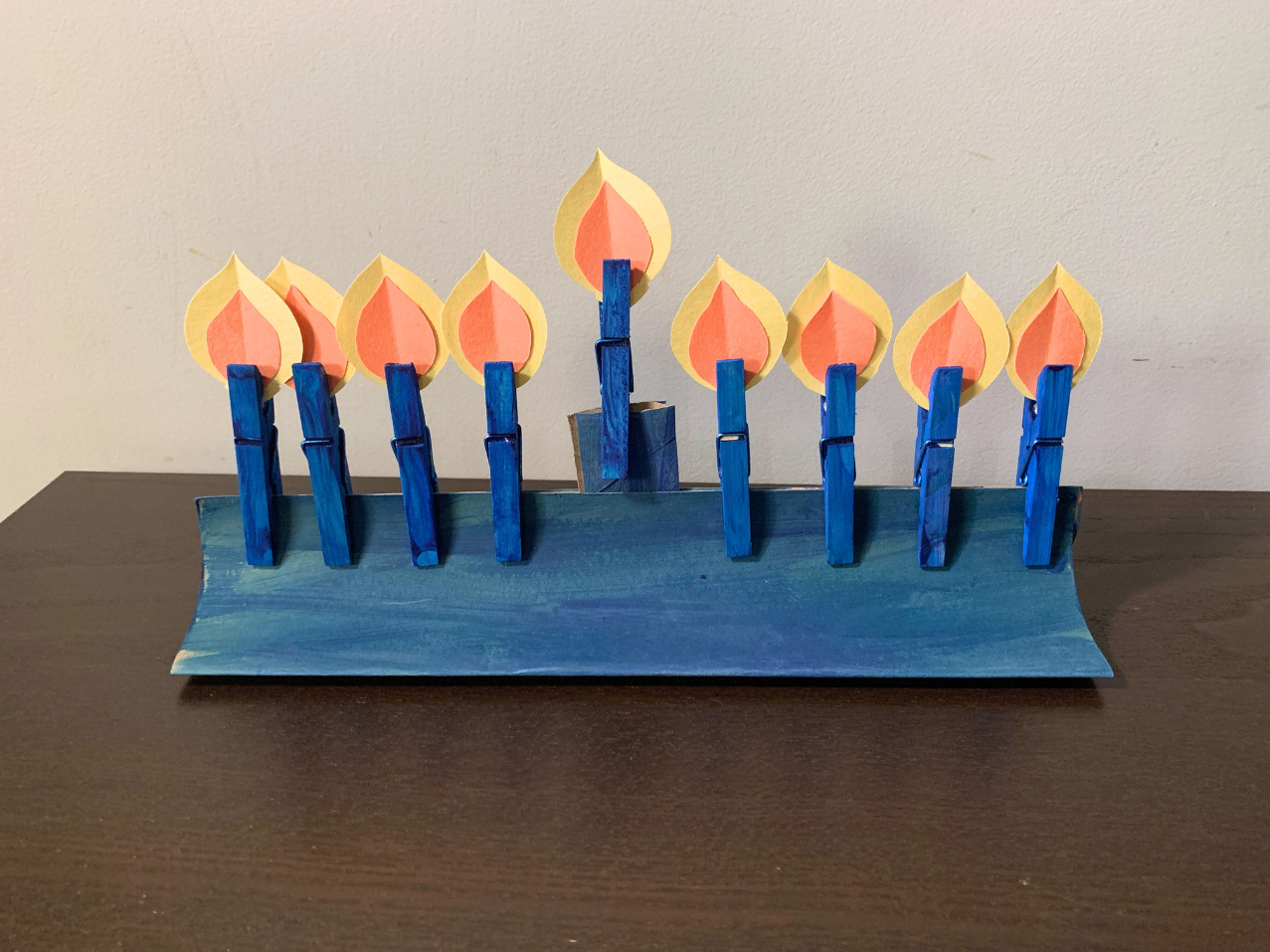Menu
-
-
Shop Holiday Items
-
Shop Gifts By Age
- Gifts For a 0-6 Month Old
- Gifts For A 6-12 Month Old
- Gifts For A One Year Old
- Gifts For A Two Year Old
- Gifts For A Three Year Old
- Gifts For A Four Year Old
- Gifts For A Five Year Old
- Gifts For A Six Year Old
- Gifts For A Seven Year Old
- Gifts For An Eight Year Old
- Gifts For A Nine Year Old
- Gifts For A Ten Year Old
-
Shop Gifts By Budget
- New Arrivals
-
Toys
- Large Active Toys
- Animal Toys
- Arts & Crafts
- Award-Winning Toys
- Bath Toys
- Birthday Wishlists
- Building Toys
- Cars, Trains, & Trucks
- Games
- Instruments
- Loose Parts Play
- Loot Bag Toys
- Made in Canada
- Outdoor Toys
- Pretend Play
- Puzzles
- Sensory And Fidget Toys
- Sensory Bin Tools & Fillers
- STEM Toys & Activities
- Toronto-Themed Gifts
- Travel Toys
- Wooden Toys
- Waiting Room Toys & Furniture
-
Montessori Materials
- Montessori At-Home Program
-
Montessori Furniture
-
Bundles & Sales
-
Books
-
Shop By Age
-
Shop By Brand
- Brands A-F
- Brands G-L
-
Brands M-R
- MagicPlaybook
- Magna Tiles
- Make Believe Ideas
- Makedo
- Manhattan Toys
- Math for Love
- Milaniwood
- MindWare
- Mojo Toys
- Moluk
- Moulin Roty
- Native Northwest
- nic
- Nienhuis
- Ooly
- Opinel
- Ostheimer
- Papoose
- Peaceable Kingdom
- Plan Toys
- Plus-Plus
- Preschool Collection Watches and Timers
- Ravensburger Puzzles
- Real Life Pages
- Brands S-Z
-
- 866-901-4696
- Gift Registry
- Login


How To Actually Get Your Children To Clean Up At Home
4 min read
Anyone that's seen a Montessori classroom has quickly noticed how neat and orderly they are, especially for an early childhood space.
If you've been in a classroom during school hours, you likely even witnessed the children cleaning up after themselves.
It's incredible.
The problem with this is that parents see it and think the process to get there was simple - something they can easily expect at home.
As someone that regularly includes and encourages their children to clean up at home, I'm here to check your expectations.
How To Actually Get Your Children To Clean Up At Home
A common misconception of Montessori is that children are EXPECTED to do things independently at a very young age, when in reality, they’re given opportunities to do things independently, if they want to.
We prepare the environment so that children of all ages can do as much as possible for themselves, we break new skills down into manageable steps and demonstrate, but any Montessori teacher will tell you that they still help the children a lot, especially in the early years.
Learning to put away toys and clean up after yourself develops gradually and it’s helpful to think of it in stages.
Every child passes through each stage at their own pace, so the ages listed below are simply an age range of when you may start introducing the skill of cleaning up, gradually adding more “expectations” as the child grows.
The Stages of Learning How To Clean Up Independently - DON'T SKIP ANY STEPS
If you’re a parent of a 2.5 - 3 year old and want to add tidying up to your child’s playtime routine but haven’t introduced it yet, don’t skip the earlier stages.
Regardless of age, children still need to experience observing adults model cleanup and being invited to participate. Age alone doesn’t automatically give a child the ability to clean up independently.
This skill develops gradually through practice and consistent guidance.
Stage 1. Observation and Modelling
The first stage starts at 12 to 18 months
You, the adult, are simply modelling how to tidy up after play. Children at this stage don’t yet understand why cleanup matters, so the best thing you can do is model the process. Talk through what you’re doing (“I’m putting the blocks back in the basket”) and keep toys organized in the same spot.
What really helps children learn how to clean up is consistency: every item has a consistent place where it belongs on the shelf, and it’s always put back there.
That repetition helps children gradually learn where things go. You can do this at home by keeping toys organized and in consistent places.
Stage 2. Participation
The second stage can happen around 18 to 30 months.
The children are now participating in the clean up process. This age and stage of development is when children typically start noticing routines and imitating the adults around them. This is also when children start showing a strong desire for independence and autonomy.
When you see your child beginning to copy you or paying close attention to what you’re doing, you can start inviting them to help with simple, specific tasks (“Put this block in the basket”) and offer a small choice (“Would you like to do it by yourself or with my help?”).
The focus is participation, not independence. Keep the process light and encouraging.
To encourage participation, you can:
- sing a clean up song
- take turns (“I’m going to put the cow in the basket, what animal will you put in the basket?”)
- Counting as you tidy up (“Let’s count the pom poms as we put them back in the bowl.”), etc.
The types of toys also make a difference - toys with a clear beginning and end, like puzzles or stacking toys, make cleanup easier, whereas open-ended toys like building toys or pretend play items can be more challenging to tidy because there is no clear end and the child may intend on returning to their play later on, i.e. want to continue adding to a structure they’ve built or want to jump back into their pretend play world after lunch.
It’s also important to consider the amount of loose parts. If there are a LOT of pieces/loose parts, I always offer to help clean up. That big of a mess can be overwhelming (for all ages!) so unless you’re prepared to help with clean up, I would avoid activities with loose parts until your child has fully grasped how to clean up after themselves.
Stage 3. Shared Responsibility
The third stage starts around 2.5 to 3 years of age.
Now you want to look at it as shared responsibility. Remember, the third stage will happen at an older age if the child is going through the earlier stages at a later age than mentioned above.
At this age, children are better able to recognize and understand the sequence of play and clean up so you can start “expecting” them to clean up. They can start to take part in cleaning up more independently, but reminders and encouragement are still often necessary.
At this age, they’re also able to learn from natural consequences, i.e. “Put the cars in the basket and then we can go play outside,” and you don’t go outside until all the cars are put away, which could mean you don’t go outside at all.
AND despite all of this development and capability, I would also still encourage you to be flexible. They’re still young and there are many factors to consider that might affect a child’s willingness to help, like energy level, mood, hunger, etc.
If they are struggling, it's beneficial for everyone to offer some help.
It shouldn’t become a power struggle.
You can support their growth by:
- maintaining consistent expectations
- continuing to use natural consequences
- offering encouragement while they practice taking the lead.
Join Our Montessori Community
Sign up to get weekly activities, free printables, Montessori parenting guidance, and so much more.
Plus, get $10 off your first order of $100+.
Like this article? Get new articles, weekly activities, free printables, Montessori parenting guidance, and so much more.
One mom recently shared:
"Your newsletter is always SO great. It is one of the few I open and read weekly. You provide so much value. Thank you!"


